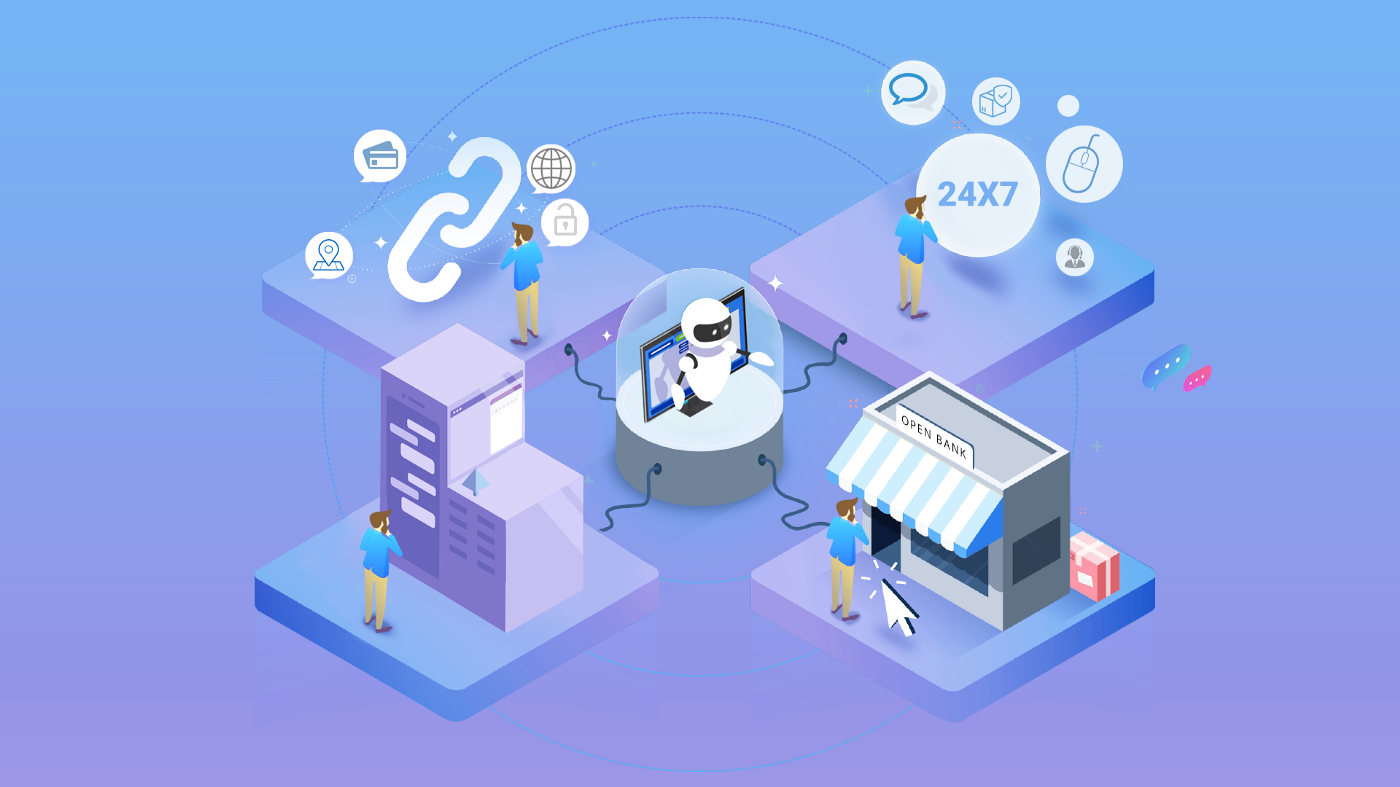Since its inception on 13th January 2018, open banking has come a long way, and today, there are various business models leaders and institutions can adopt to transform it into a profitable, sustainable and revenue generating an income stream.
Essentially in today’s banking ecosystem, open banking as a concept can be streamlined to forms of two business models
- Open Banking as a Platform, and
- Open Banking as a Service
However, before you dive into either of these, it is important to understand their propositions in detail, and that is exactly what we will be learning in today’s blog post.
Without further ado, let’s get started.
Table of Contents
- What Is Open Banking?
- Open Banking as a Platform
- Open Banking as a Service
- In Conclusion
- The Reference Shelf
What Is Open Banking?
Before we dive into learning about the various open banking business models you can explore, let’s take a step back and establish our fundamentals.
In simple terms, open banking is a concept which allows banks and other financial institutions to share the customer data they store, along with other key credentials with authorized third parties, upon explicit approval of the customer.
Essentially, before the introduction of open banking, banks and financial institutions were the sole custodians of all our data, right from the type of accounts we operate to our total credit limit and where, when and how we spend our money and everything else in between.
Since a majority of us choose our banks when we are young and stick with them for a long time into the future, it is only evident that banks hold a lot of data about us.
While at first glance, the introduction of open banking does not sound revolutionary, however as several industry observers have already established, the introduction of a data-sharing model between authorized institutions, upon approval of the customer, opens the door to countless opportunities, right from empowering the customer with complete control over their data to enabling upcoming and existing financial institutions to design customer-centric financial products.
Open Banking as a Platform
Now that you are familiar with the concept of open banking, the next order of business is to understand how you can transform open banking as a platform into a business model and monetize the same.
As the name suggests, open banking as a platform is essentially a business model which you can leverage to grow your customer base and expand both your product as well as service offerings.

Not only will adopting this platform-partnership approach ensure your long term sustainability but also help you actively maintain your brand relevancy.
One of the most significant monetization models you can adopt in this approach is to charge all listed third parties a fixed fee for selling their products and services via your bank distribution network.
Along with this, if your third parties are involved in selling more complex instruments such as investment or insurance, you can negotiate with them and reach a revenue-sharing model.
Lastly, you always have the option of leveraging your open banking platform to significantly increase your customer base, lower your operating costs and improve your efficiency, all of which will have a direct positive impact on your bottom line.
Open Banking as a Service
The next open banking business model you can adopt is banking as a service. As the name suggests, in this scenario, you can charge third parties for using your banking APIs along with distributing your API among their network.
Along with this, secondary monetization options in this model include expanding your reach and awareness, reducing your operating costs and strengthening key partnerships.
In Conclusion
As is evident from the entire post, forming and strengthening key partnerships is one of the primary pillars of monetizing your open banking platform.
Irrespective of your choice between open banking as a service or open banking as a platform model, ensuring that you continuously form strategic partnerships with stakeholders and invest effort into strengthening them is crucial.
For instance, neo and digital banks across the world are forming partnerships with key fintech players either on a fee-model or a revenue-sharing model, such that both of them can equally benefit from this relationship.
Since its inception, open banking has continuously made strives, and today with so many revenue models available, institutions are gearing up for the next phase of growth.
So what are you waiting for? Go ahead and adopt either of these models to start generating revenue today.
Thank you for reading, and I will see you in the next one.

